The world famous Dordogne Region of SW France is saturated with GeoCulture. It is a land of inter-connected stories that begin with the geological and paleogeographical story of ancient palaeozic landmasses, Triassic meteorite impacts, and the evolution of the shallow warm seas of the Mesozoic that flank the northern margins of the Aquitaine Basin. This diverse geological foundation gives rise to a rich tapestry of geographical features from forested uplands in the north, to the deeply incised gorges of the Dordogne River and its tributaries in the Mesozoic limestones to the south. These localities in turn give rise to a wonderful variety of “Beaux Villages de France”, from the red sandstone towers of “Collonges La Rouge” to the Spectacular cliff-top monastery and focus for pilgrimage of “Rocamadour”.

During this 6-day tour, all of these stories will be woven together by your tour guide, Dr. Greg Samways, who is an earth scientist, musician and photographer, with a passion for storytelling, honed from more than 30 years of teaching earth sciences all over the world. Greg has lived near Limoges, in the north of the tour area, for more than 15 years, during which he has spent many happy hours exploring the treasures the area has to offer.
The tour will begin in the ancient town of Perigeux, which is the county town of the Dordogne. The group will be based in a hotel in the middle of the old town, with its beautiful cobbled streets, picturesque squares and famous Romanesque cathedral, which is the Catholic Diocese for the region.
The first day will begin with a visit to the Triassic Meteorite crater of Rochechouart, which carved a 30km crater in the Palaeozoic basement of the western Massif Central. There is little to see of the crater in the field, but there is a great little museum to get our eyes in, and many historic buildings built of impactites and melt rocks that we can explore in the historique town. If time permits, we could also visit the Gallo-Roman Cassinomagus thermal baths, just west of Rochechouart at Chassenon.
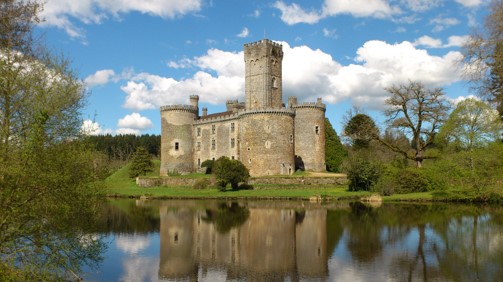
After lunch we will move on to the chateaux of Chalus Chabrol and Montbrun, constructed from the basement granites and gneisses of the western Massif Central. The Chateau Chalus Chabrol is the chateau where Richard the Lionheart was famously killed in 1199, and it is believed that his body was taken to Chateau Montbrun, just before he died.

On day two we check out the chateau of Jumilhac Le Grand, which is a classic chateau topped with fairy-tale spires, sitting atop a gorge through which the River Isle runs, one of several gold-rich rivers draining the Massif Central. This stop will provide an opportunity for us to doa little gold-panning and hopefully find a little gold.
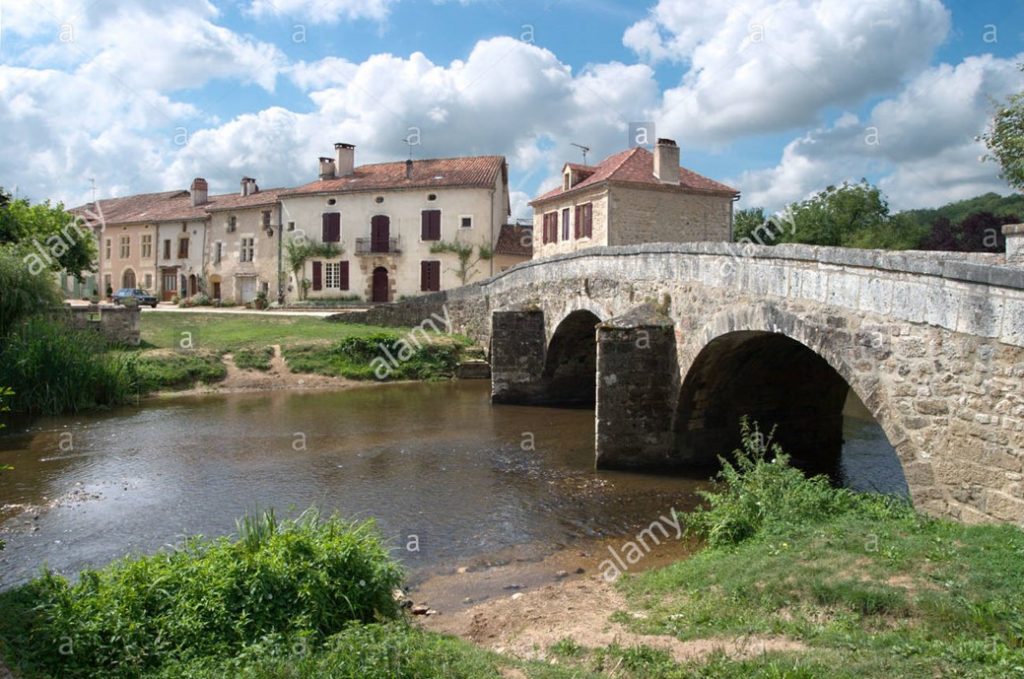
After our gold-panning we will lunch in St. Jean de Cole, a “Beau Village de France”, with a chateau, monastery and picturesque mill, built of Jurassic sandstones, quarried from the local deposits that sit unconformably on the Palaeozoic basement.
On the way back to Perigueux we will stop off at Sorges, the centre of truffle-hunting in the Perigord. It has a lovely museum, show-casing the local delicacies. As the road signs say “The best truffles in the world are from the Perigord” and “The best truffles in the Perigord are from Sorges”.
On the third day we will begin with a visit to Brantome, the beautiful “Little Venice” on the Dronne River, which has carved its way through the Cretaceous limestones creating a cliff on the outside of the river bend. The cliffs hide a series of caves along the base, once occupied by prehistoric man, but now the location for a variety of quirky artisan shops and even occasional concerts.
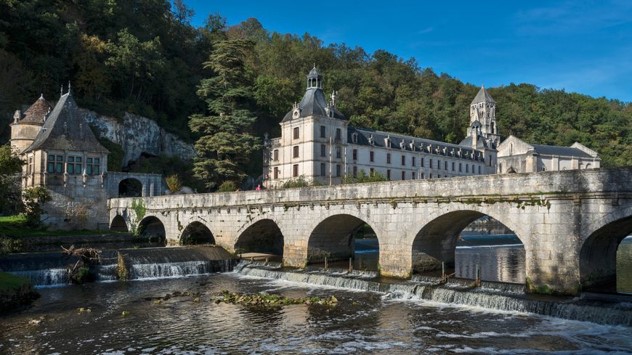
After a sampling some more exquisite French cuisine by the riverside in Brantome, we will journey to Les Eyzies, the home of the National Museum of Prehistory. The museum charts the prehistory of the world heritage sites of the Vezere Valley. It is an amazing museum in a stunning location.
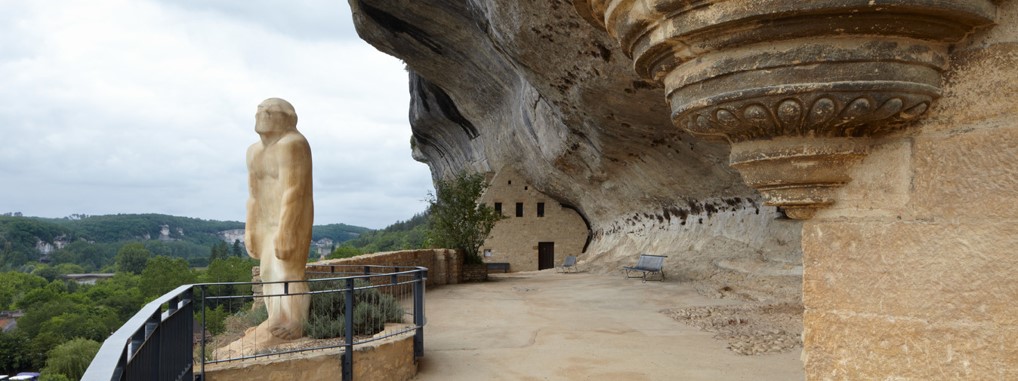
After the museum visit, we will take a short drive to Sarlat-la-Caneda, a picturesque town at the heart of the Dordogne and the base for the remainder of our trip.
On the fourth day we will set out east to the striking village of Collanges-la-Rouge, another of the “Beaux Villages de France”, famed for its Triassic red sandstone towers and chateaux. This is a another ancient village, with a rich history based around abbeys and pilgrims. The village is a maze of little cobbled streets, with cafes and artisan’s shops hiding around every corner.
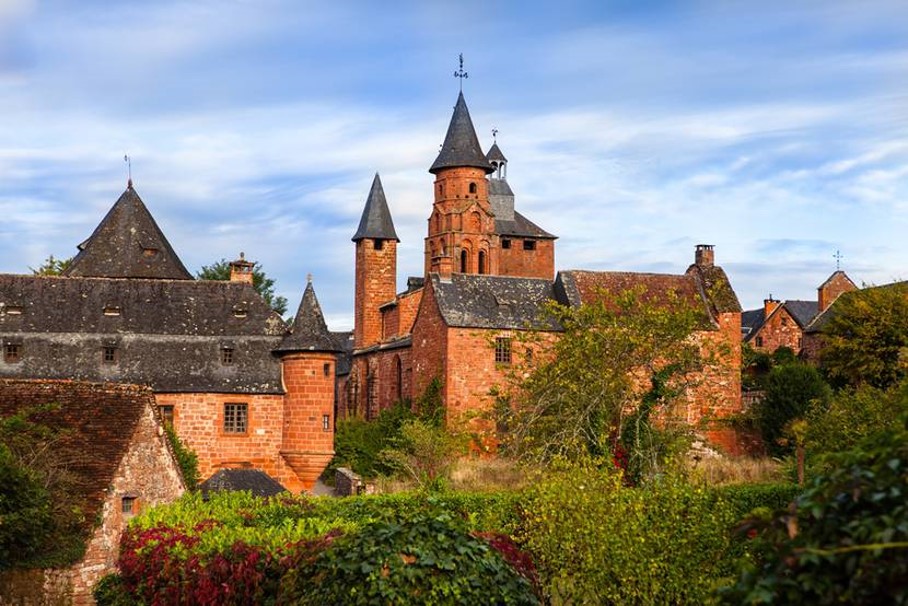
After a hearty lunch in Collanges-la-Rouge, we will get a chance to visit an historic vineyard, established in Roman times, at Vin-de-Domme, where we can discuss the impact of geology on the wine industry! There should be ample opportunity to indulge in a little tasting as well!
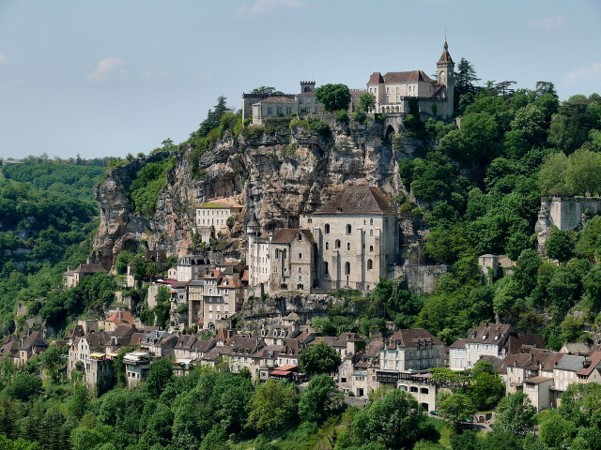
On day 6 we are off to the famous Rocamadour, the famous abbey and village, nestling in the Cretaceous limestones of a gorge on one of the tributaries of the Dordogne River.
Padirac Caves, a stunning descent by lift into the spectacular cave beneath the Cretaceous limestones, followed by a boat trip through the subterranean river.
The final day will begin with a visit to the Unesco World Heritage site at the Lascaux Caves with their spectacular cave paintings. The visitor centre provides am amazing immersive experience of one of the world’s greatest archaeological treasures.

We end the final day with a visit to the Chateau de Castelnaud-la-Chappelle, a stunning hill top castle, overlooking the Dordogne River, and home to a spectacular museum of medieval history and weaponry.

No Comments Yet